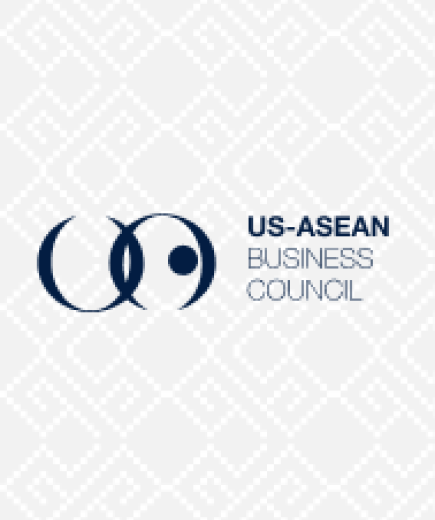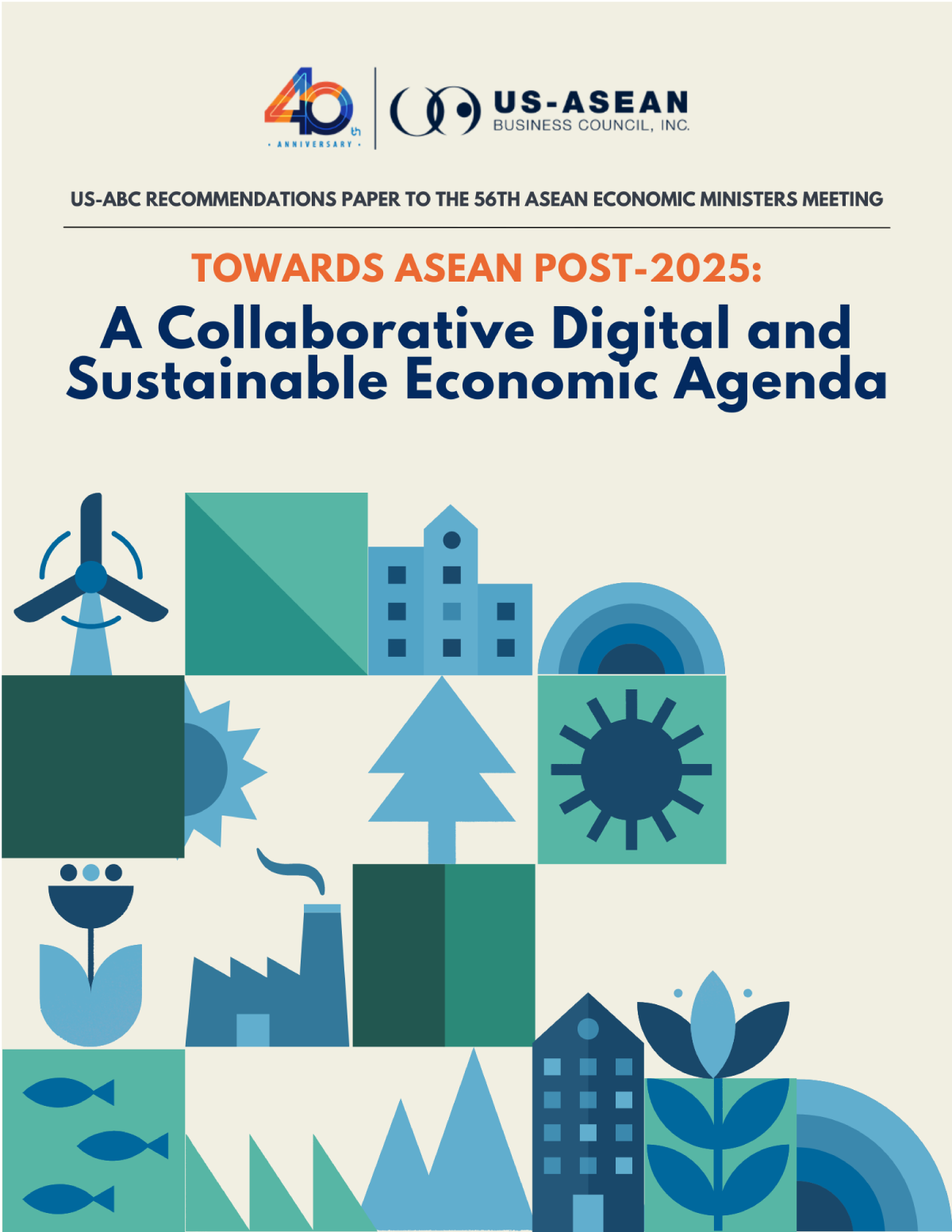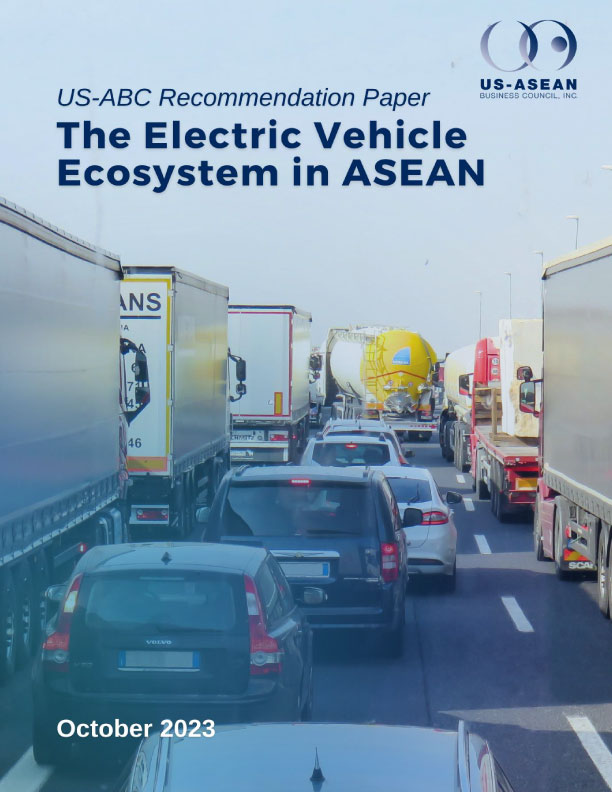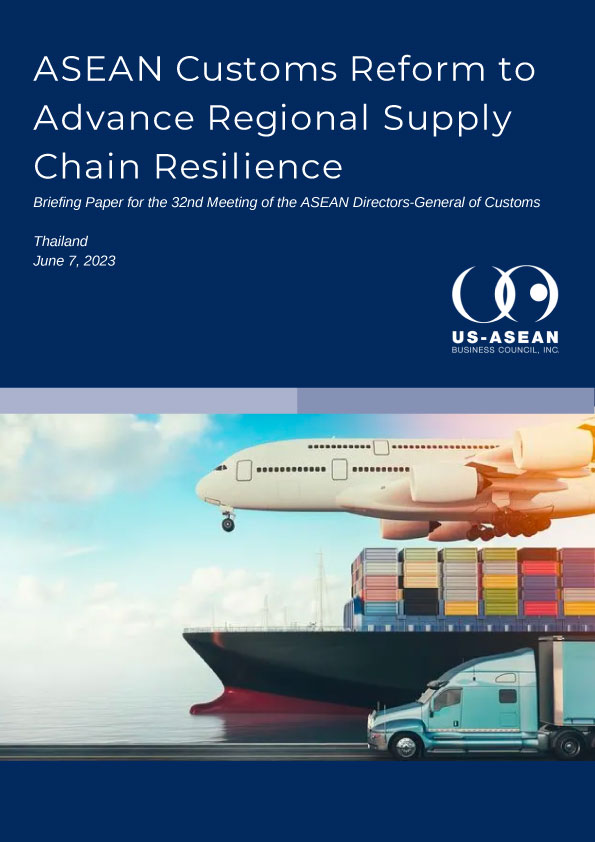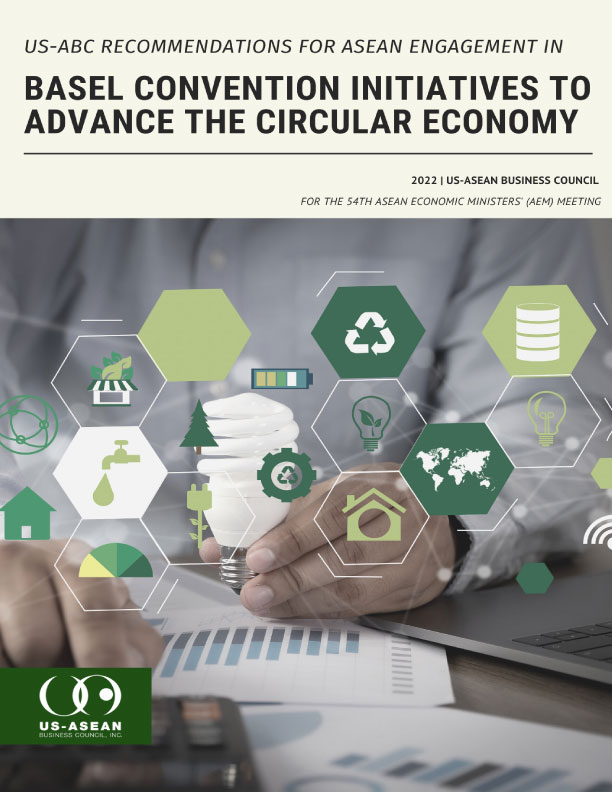Chinese Investment in Laos

While the United States has remained relatively cautious with investment in Laos, China has managed to permeate nearly every sector of the small country’s economy, with complex results.
The high-speed China-Laos railway, for instance, has served as a significant step forward in Laos’ goal to become a “land-linked” country. The 1,035-kilometer line, which runs between Vientiane and Kunming, has transported over 14 million passengers and more than 18 million metric tons of cargo since commencing operations in December 2021. The railway is forecast by the World Bank to boost the Lao GDP by up to 21 percent. This figure is contingent on steps to be taken by the Lao government, including streamlining customs and trade procedures. Early signs are positive: the railway service is already leveraging blockchain technology to enhance traceability and transparency in cross-border trade flows.
If successful, the project could reshape the China-ASEAN relationship at large, engendering a shift from maritime trade routes to railway-based trade flows. Greater land connectivity would also integrate Laos into regional and global supply chains, rendering the country more attractive to foreign investors. At the same time, financial risks must be acknowledged. Construction of the railway cost US$5.9 billion, which represents over one third of Laos’ 2022 GDP. Although most of the financial burden was covered by China, Laos’ share of costs was largely funded through Chinese loans. It remains to be seen whether the railway’s boost to Laos’ economy will be enough to offset the hefty early costs of the project. The line’s construction has also sparked controversy over issues relating to forced displacement and deforestation.
Looking ahead, the railway could present new opportunities for Lao food exports, a sector that has also seen significant Chinese investment. Many Lao farms are rented year-round by Chinese investors, while over 80 percent of Laos’ agricultural exports in 2021—with a total value of US$900 million—went to China. The Lao government is making efforts to increase the volume of key exports to China, which include bananas, corn, and beef. With an aim to boost cattle exports to China, the Lao Food and Agriculture Organization (FAO) has spent much of this year providing disease control training and equipment to local farms, supported by the Chinese government. Meanwhile, a new train was inaugurated in December last year to export bananas to China. Finally, in March this year, a Chinese-Lao joint venture announced plans to construct a US$4.31 billion potash fertilizer industrial park in central Laos, which is projected to employ up to 50,000 people.
The railway is also likely to boost tourism, which Laos sees as a key potential driver of economic growth. After the railway opened to cross-border passenger traffic in April, the number of Chinese tourists has surged, selling out many trains. Laos was among the 20 countries greenlit by the Chinese government for outbound tour groups, while Laos has taken the unique step of establishing a three-year plan to attract tourists from China. Together, these measures have led to estimates of a 21 percent increase of Chinese tourist numbers in Laos in 2023 when compared to the preceding year.
In addition to hopes of being a “land-linked” country, Laos aspires to become the “battery of Southeast Asia.” China has been a key player in Laos’ development as a regional energy source, contributing 70 percent of all investment in Lao hydropower. These investments include the funding of dozens of dam projects on the Mekong River, many of which have faced criticism over environmental and community impacts. Recent contracts expand energy cooperation to new sources: in November last year, Chinese company PowerChina announced plans to construct the country’s first wind power plant in southern Laos.
These developments occur in the wake of a sweeping 25-year concession agreement in 2021 that gave China Southern Power Grid Company a majority of shares in Électricité du Laos, the country’s national electricity corporation. The agreement saw the creation of a new firm, Électricité du Laos Transmission Company, which will control Laos’ power grid until 2046. The move is controversial: proponents of the plan say that the ownership transfer is necessary given Laos’ dire economic situation, while critics argue that the agreement gives the Chinese government disproportionate control over Laos’ energy infrastructure.
In a demonstration of Laos’ worsening finances in the energy sector, the country imported Chinese petrol for the first time in June this year. Thailand, which is Laos’ typical fuel exporter, only accepts payment in Thai baht or U.S. dollars; given that Laos has exhausted its foreign currency reserves, it must turn to Chinese sources, who accept payment in Lao kip.
High-level political engagements between Laos and China have supplemented economic investments. In November last year, Lao President Thongloun Sisoulith embarked on a state visit to Beijing, where he met with Chinese President Xi Jinping. Following the meeting, China and Laos conducted 20 days of joint military drills in May this year. The exercises, which took place in Laos, involved 200 Chinese troops and 700 Lao troops.
Chinese involvement across this wide range of sectors dwarfs U.S. investment in the country. In 2020, Laos was the 13th smallest U.S. export market globally, the lowest trade figures for any ASEAN country. Between 2008 and 2021, U.S. investments in Laos amounted to roughly US$280 million, a fraction of the total US$13 billion invested in Laos by China.
With Laos set to assume ASEAN chairmanship in next year, it is vital that the United States engage with the country on both the political and the commercial front. The vibrant U.S. private sector is a key tool to foster close bilateral relationships, and despite Laos’ current economic troubles, the country represents unique opportunities across the energy, agriculture, tourism, and infrastructural industries.
The United States should not shy away from investment in Laos simply because of entrenched Chinese involvement in the country. Rather, the U.S. private sector should view Chinese investment as a demonstration of Laos’ extraordinary potential. At a time when much discussion centers around U.S.-China competition, it is important to remember that engagement in Southeast Asia is not a zero-sum game. Laos is a prime example of a country in which U.S. involvement remains low, but where the potential to be found in catching up to Chinese investment is high. If the private sector is determined enough, there is every reason for Laos to be a new and exciting frontier in U.S. engagement in Southeast Asia.

